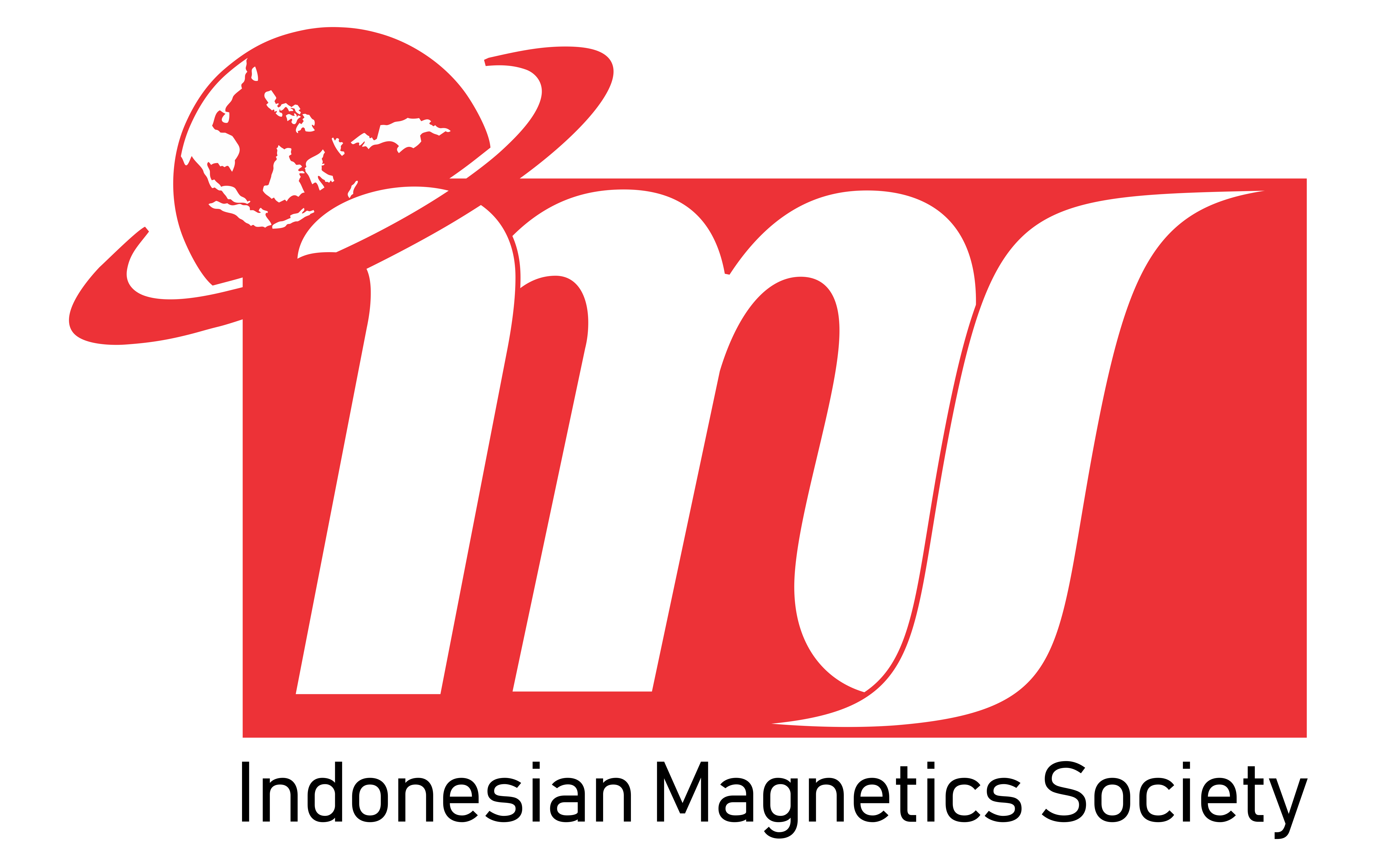A comparative study of numerical methods for estimating the relationship between cosmic energy and the expansion rate of the universe
Abstract
This research aims to develop a numerical method that can accurately estimate the relationship between cosmic energy (E) and the expansion rate of the universe (H), taking into account the complex interactions between ordinary matter, dark matter, and dark energy. Numerical approaches based on Euler, Runge-Kutta, and Adams-Bashforth integration methods will be refined to evaluate the correlation. The limitation of this study is to a flat universe (k = 0 geometry), but it has the potential to be extended to other geometries. This effective numerical method can revolutionize cosmology by allowing accurate testing of cosmological theories and improving predictive capabilities. This study not only deepens our understanding of the behavior of the universe, but also opens up opportunities for further exploration. While there has been research on the Friedmann equation and the evolution of the universe, this study fills the gap by comparing three numerical methods, promising a more comprehensive and accurate analysis. This research demonstrates significant advances in cosmological methodology, with the potential to change the cosmological paradigm through efficient numerical approaches. By improving the understanding of cosmic energy and the expansion rate of the universe, this research not only contributes to the current knowledge of cosmology, but also paves the way for impactful follow-up research in this field.
Keywords
Full Text:
PDFReferences
Baeza, A., Boscarino, S., Mulet, P., Russo, G., & Zorío, D. (2017). Approximate Taylor methods for ODEs. Computers & Fluids, 159, 156–166.
Bahcall, N. A. (2015). Hubble’s Law and the expanding universe. Proceedings of the National Academy of Sciences, 112(11), 3173–3175.
Bahcall, N. A., Ostriker, J. P., Perlmutter, S., & Steinhardt, P. J. (1999). The cosmic triangle: Revealing the state of the universe. Science, 284(5419), 1481–1488.
Bakir, Y., & Mert, O. (2022). On solution of ordinary differential equations by using HWCM, ADM and RK4. International Journal of Modern Physics C, 33(10), 2250135.
Biswas, B., Chatterjee, S., Mukherjee, S., & Pal, S. (2013). A discussion on Euler method: A review. Electronic Journal of Mathematical Analysis and Applications, 1(2), 2090–2792.
Butcher, J. (2007). Runge-kutta methods. Scholarpedia, 2(9), 3147.
Carroll, S. M., & Kaplinghat, M. (2002). Testing the Friedmann equation: The expansion of the universe during big-bang nucleosynthesis. Physical Review D, 65(6), 063507.
Chavanis, P.-H. (2014). Models of universe with a polytropic equation of state: II. The late universe. The European Physical Journal Plus, 129(10), 222.
Cornish, N. J., & Weeks, J. R. (1998). Measuring the shape of the universe. arXiv Preprint Astro-Ph/9807311.
Cryer, C. W., & Tavernini, L. (1972). The numerical solution of Volterra functional differential equations by Euler’s method. SIAM Journal on Numerical Analysis, 9(1), 105–129.
Durran, D. R. (1991). The third-order Adams-Bashforth method: An attractive alternative to leapfrog time differencing. Monthly Weather Review, 119(3), 702–720.
Frautschi, S. (1982). Entropy in an expanding universe. Science, 217(4560), 593–599.
Friedmann, A. A. (2014). The world as space and time. Minkowski Institute Press.
Frieman, J. A., Turner, M. S., & Huterer, D. (2008). Dark energy and the accelerating universe. Annu. Rev. Astron. Astrophys., 46, 385–432.
Islam, M. A. (2015). A comparative study on numerical solutions of initial value problems (IVP) for ordinary differential equations (ODE) with Euler and Runge Kutta Methods. American Journal of Computational Mathematics, 5(03), 393–404.
Kirshner, R. P. (2004). Hubble’s diagram and cosmic expansion. Proceedings of the National Academy of Sciences, 101(1), 8–13.
Klimchitskaya, G. L., & Mostepanenko, V. M. (2022). Centenary of Alexander Friedmann’s prediction of the Universe expansion and the quantum vacuum. Physics, 4(3), 981–994.
Makino, K., & Berz, M. (2003). Taylor models and other validated functional inclusion methods. International Journal of Pure and Applied Mathematics, 6, 239–316.
Melia, F., & Shevchuk, A. (2012). The R h= ct universe. Monthly Notices of the Royal Astronomical Society, 419(3), 2579–2586.
Moresco, M., Verde, L., Pozzetti, L., Jimenez, R., & Cimatti, A. (2012). New constraints on cosmological parameters and neutrino properties using the expansion rate of the Universe to z∼ 1.75. Journal of Cosmology and Astroparticle Physics, 2012(07), 053.
Nemiroff, R. J., & Patla, B. (2008). Adventures in Friedmann cosmology: A detailed expansion of the cosmological Friedmann equations. American Journal of Physics, 76(3), 265–276.
Poffald, E. I. (1990). The remainder in Taylor’s formula. The American Mathematical Monthly, 97(3), 205–213.
Pourahmadi, M. (1984). Taylor expansion of and some applications. The American Mathematical Monthly, 91(5), 303–307.
Ren, J., & Meng, X.-H. (2006). Modified equation of state, scalar field, and bulk viscosity in Friedmann universe. Physics Letters B, 636(1), 5–12.
S. Turner, M., & Huterer, D. (2007). Cosmic acceleration, dark energy, and fundamental physics. Journal of the Physical Society of Japan, 76(11), 111015.
Sahni, V. (2004). 5 dark matter and dark energy. The Physics of the Early Universe, 141–179.
Smoryński, C. (2017). MVT: a most valuable theorem. Springer.
Turner, M. S. (2000). Dark matter and dark energy in the universe. Physica Scripta, 2000(T85), 210.
Zabidi, N. A., Abdul Majid, Z., Kilicman, A., & Rabiei, F. (2020). Numerical solutions of fractional differential equations by using fractional explicit Adams method. Mathematics, 8(10), 1675.
Refbacks
- There are currently no refbacks.







